7 Remarkable Mathematicians Who Didn’t Even Study Maths At University
Harin - Nov 22, 2019
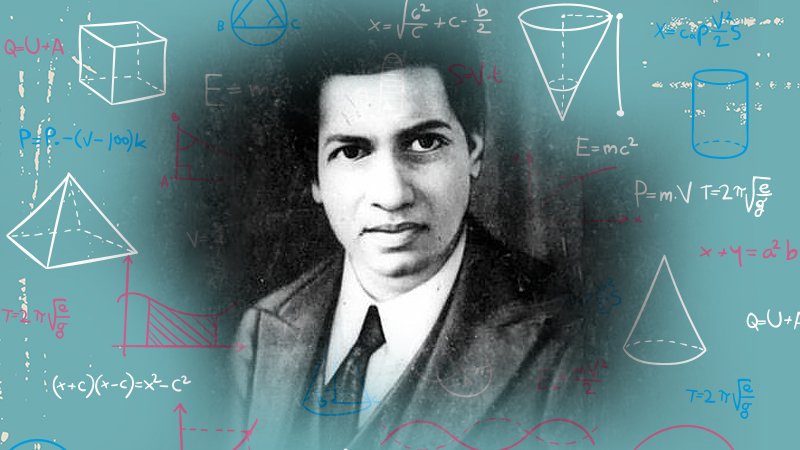
Most of history’s most renowned mathematicians have skipped higher education. This is a list of mathematicians who didn't study mathematics at university.
- A Math Formula Tells Us How Long Everything Will Live
- Shakuntala Devi Awarded Guinness World Records’ Fastest Human Computation Certificate After 40 Years
- This Magical Number Will Help You Find A Parking Space, The Perfect Apartment, And Even A Suitable Spouse
Most of history’s most renowned mathematicians have skipped higher education. This is a list of mathematicians who didn't study mathematics at university.
1. Srinivasa Ramanujan
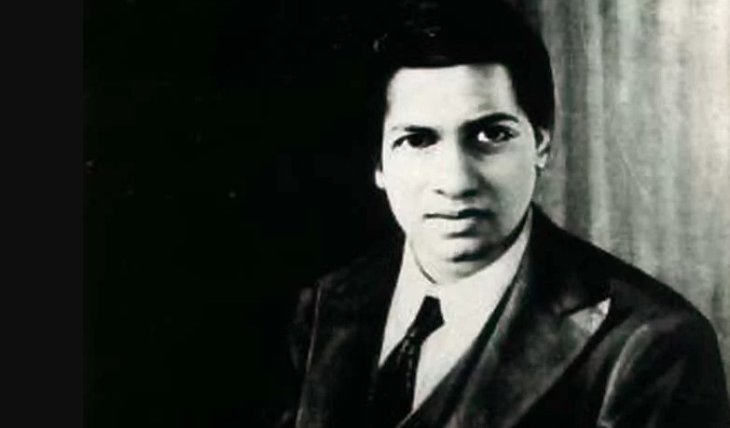
Srinivasa Ramanujan was born on Dec 22, 1887, in British India which is now Tamil Nadu. He is one of the most famous mathematicians in the world with notable contributions made in various areas of mathematics like continued fractions, elliptic functions, and infinite series. He also left a significant mark in the analytical theory of numbers area.
At a young age, he demonstrated a talent for numbers as well as mathematics. His passion for this subject was inspired by a mathematics book that he obtained when he was 15 years old. He then developed his own mathematical formulas and notions, beginning a discovering journey that would later lead him to become a mathematical elite.
Throughout his Ramanujan’s short life, despite his genius, he was jobless and struggled with financial issues. However, his mathematical abilities and his correspondence with Godfrey H. Hardy – a British mathematician, he received a scholarship to study at the Trinity of College, Cambridge, the UK. But surprisingly, during his time studying there, his major wasn’t mathematics. Instead, Ramanujan graduated with a Bachelor of Science (Research) degree (which is now known as a Ph.D. degree).
2. Stefan Banach
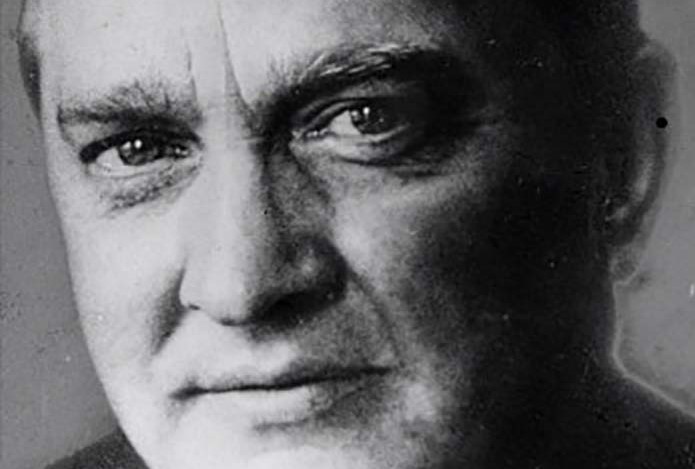
Stefan Banach is known as the 20th century’s most renowned mathematicians. He was the one behind the modern functional analysis. He also made tremendous contributions to the development of topological vector spaces’ theory, the theory of integration and measure. When Banach was still a kid, he was sent to another family by his own father. However, he still maintained a good relationship with his father. Unlike Ramanujan, Banach didn’t have to struggle with financial problems. He was encouraged to further develop his academic talents.
After World War I ended, Banach worked as an assistant at the Lwow Polytechnic. He received support from Professor Hugo Steinhaus as well as a fellow Polish mathematician. Before graduating from the university, he was granted a doctorate.
3. Oliver Heaviside

Oliver Heaviside was born in London and was a self-taught physicist and mathematician. He predicted the ionosphere’s existence which is the layer of the atmosphere of the Earth reflecting radio waves. He spent most of his time working on electricity and used operational calculus to study networks’ transient currents.
Oliver was partially deaf after suffering from scarlet fever. He grew up in a poor area of London. Because of this impairment, he had trouble making friends when studying at school. When he was 16, he dropped out of school. But Oliver didn’t give up learning. Under the support and guidance of Sir Charles Wheatstone, his uncle, he studies telegraphy, music, and languages. With his impressive skills and knowledge, he earned a job in Denmark, working as a telegraph operator. He then used his mathematical knowledge to answer the question of why signals that traveled from England to Denmark were faster, compared to those from Denmark to England.
4. Mary Everest Boole
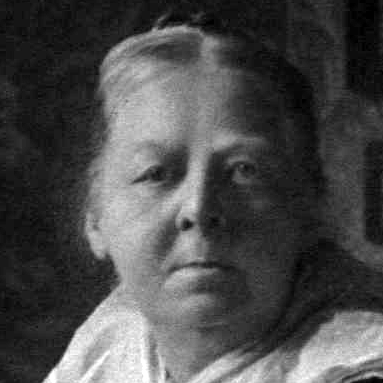
At the age of 11, self-taught mathematician Mary Everest Boole was forced to leave school. She is known for her mathematics book Philosophy and Fun of Algebra as well as her efforts in teaching mathematics to young kids.
Before returning to England when Boole was 11, she lived in France. There, she received a private education in mathematics. Upon her return, she kept on pursuing her passion for mathematics through self-training. Eventually, she was trained by George Boole, a mathematician and a professor at Queen’s College. The pair eventually became husband and wife.
Boole discovered that she liked teaching during her working time as a librarian. However, at that time, it was against the rules for women to teach. So Boole became students’ unofficial mentor. She demonstrated playful teaching techniques to keep the student interested. Some of these techniques are still applied in classrooms today.
5. Florence Nightingale
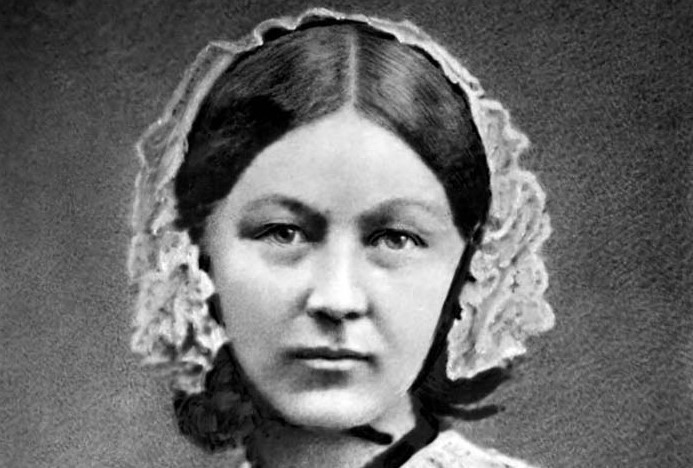
During the Crimean War, Florence Nightingale was known for her contributions to nursing. But most of us don’t know that she had a talent for statistics. Since she was young, Nightingale already demonstrated a gifted ability for mathematics. With the help of her father, she became excellent at the subject.
She spent many efforts in collecting as well as examining figures to bring to light how poor hygiene could dangerously impact hospitals. She identified is as the cause for patient deaths, allowing her to drastically prevent deaths in civilian and military healthcare facilities.
Nightingale was some of the first people who used circular diagrams to represent data. She is also credited to be the inventor of the polar area graph or the “coxcomb chart.”
6. Benjamin Banneker
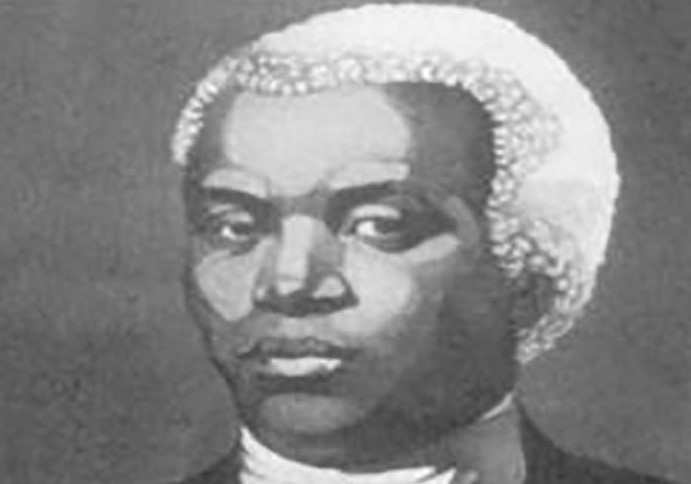
Benjamin Banneker is a renowned civil rights leader and an African-American scientist. But he also has an excellent talent in mathematics. He put his knowledge and skills in helping with the survey of the District of Columbia’s original borders. He also exchanged letters with Thomas Jefferson, the US president on racial equality and slavery.
Growing up with little formal education, Banneker taught himself. He became the first scientist who studied the relativity of space and time. His discoveries were said to even surpass Einstein’s findings by two centuries. His prediction about the solar eclipse occurring on April 14, 1789, which was denied by that time’s most prominent astronomers and scientists became true. Banneker was the first one to write that Sirius consists of two stars, which was confirmed more than 200 years later through the Hubble Telescope.
7. Thomas Fuller or Virginia Calculator
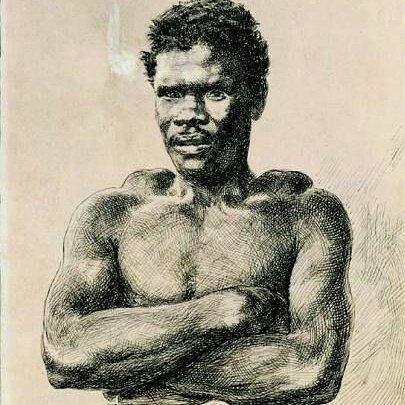
The last mathematician who didn’t even study mathematics at a university is Thomas Fuller whose story is probably the most extraordinary and unconventional. Called “Virginia Calculator," the native-African Thomas Fuller was kidnapped from when he was only 14 and was sold to a planter as a slave. People around him acknowledged his God-sent mathematical abilities. Later, he was discovered by the antislavery campaigners. He was then used to challenge the false idea that whites were mentally superior to blacks.
Although there was not much information about the life of Fuller, there are historical records stating that when fuller was 70 years old, two Pennsylvania natives, Samuel Coates and William Hartshorne, who happened to be in his neighborhood and had heard about Fuller’s skills in arithmetic, asked him several difficult mathematical questions. Fuller was able to answer each question with extraordinarily accurate answers in a just short amount of time.
Fuller passed away when he was 80. He had never learned how to write or read, leading historians to believe that his mathematical abilities were acquired even before he came to the US.
>>> Indian Mathematician Srinivasa Ramanujan And His Famous Quotes
Featured Stories

Features - Jul 01, 2025
What Are The Fastest Passenger Vehicles Ever Created?

Features - Jun 25, 2025
Japan Hydrogen Breakthrough: Scientists Crack the Clean Energy Code with...

ICT News - Jun 25, 2025
AI Intimidation Tactics: CEOs Turn Flawed Technology Into Employee Fear Machine

Review - Jun 25, 2025
Windows 11 Problems: Is Microsoft's "Best" OS Actually Getting Worse?

Features - Jun 22, 2025
Telegram Founder Pavel Durov Plans to Split $14 Billion Fortune Among 106 Children

ICT News - Jun 22, 2025
Neuralink Telepathy Chip Enables Quadriplegic Rob Greiner to Control Games with...

Features - Jun 21, 2025
This Over $100 Bottle Has Nothing But Fresh Air Inside

Features - Jun 18, 2025
Best Mobile VPN Apps for Gaming 2025: Complete Guide

Features - Jun 18, 2025
A Math Formula Tells Us How Long Everything Will Live

Features - Jun 16, 2025
Comments
Sort by Newest | Popular